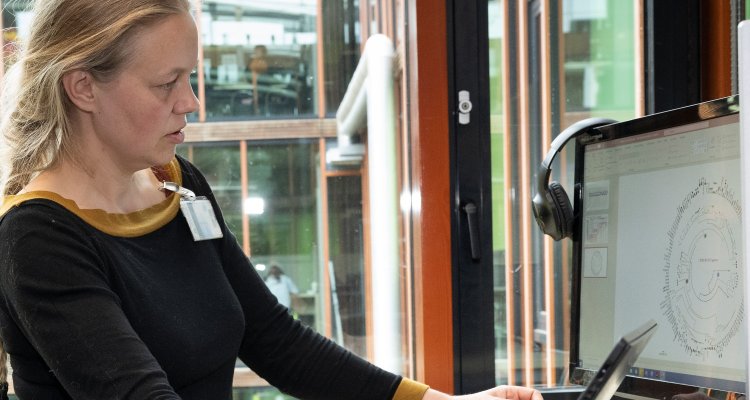
Project
How hitchhiking transposons influence genome organisation
The plant pathogenic fungus Fusarium oxysporum has a remarkable genome organization in which genes that are involved in infection of a particular host, are clustered on one or a few chromosomes. These ‘pathogenicity’ chromosomes also contain a lot of transposons, most of which are still active, or have recently been active.
Interestingly, this asexual species can horizontally transfer these chromosomes. For the lineage that obtains a chromosome through horizontal transfer, this means that it not only obtains the ability to infect a new host, but also that it obtains a possible ‘Trojan horse’ full of active transposons. These transposons may cause havoc in the rest of the genome by spreading around, disrupting genes and instigating genome rearrangements. This may have dampening effect on the spread of disease.
For this project we will look at one Fusarium oxysporum lineage that has obtained a chromosome through horizontal transfer. Through comparative genomics and phylogenetic analyses, we will reconstruct the ancestral chromosome at the moment it was transferred. From that we will infer the subsequent transposons insertion events and genomic rearrangements, and thus quantify the potential disruptive effect of horizontal transfer of these chromosomes. This will give a more complete picture of the eco-evolutionary mechanisms that enhance or inhibit the spread of diseases.

Research aims
- Reconstruct the chromosome that was originally transferred, and the set of transposons it contained.
- Reconstruct subsequent colonization of other chromosomes by transposons that were introduced on the transferred chromosome.
- Reconstruct genome rearrangements associated with transposon movement.
Used techniques
- Whole-genome alignment
- Phylogeny and parsimony
- Programming (Bash (a.k.a. ‘the commandline’, Python and/or R)